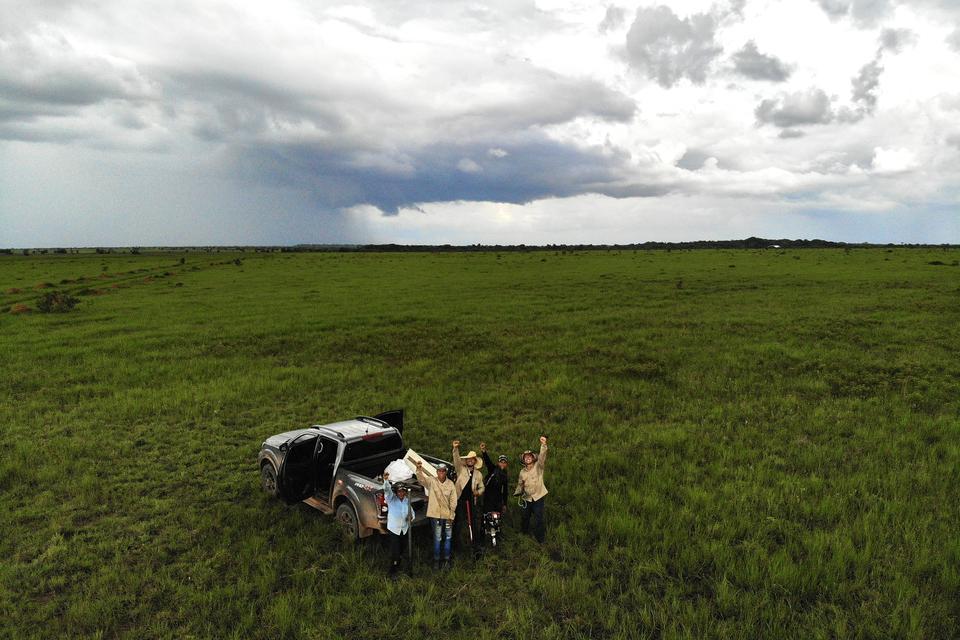Scaling sustainable livestock technologies: harnessing data for climate resilience and mitigation in Colombia
- From
-
Published on
20.11.24
- Impact Area

The urgent need for sustainable solutions in livestock management is clearer than ever. In response for this need, in Colombia, ranchers are adopting innovative practices to combat climate change and improve livestock productivity. Central to this transformation is a geospatial database (GDB) developed within the Livestock and Climate initiative, which provides comprehensive data on sustainable livestock practices implemented across 377 farms in Caquetá region. This dataset is a cornerstone for scaling climate-smart technologies.
The GDB captures detailed geospatial and descriptive data including farm locations, sustainable livestock technology areas, and producer profiles. Covering over 20,000 hectares, it reveals a spectrum of land uses, including:
3,000 ha dedicated to forest conservation
1,000 ha under sustainable livestock technologies such as live fences, silvopastoral systems, rotational grazing, mixed forage banks, water harvesting, and more.
Hacienda San José (HSJ) cattle farm in the Orinoquia region exemplifies the application of these technologies. This 13,000-ha ranch integrates climate-smart practices including no burning of grassland, tree regeneration and forest conservation. For a detailed exploration of these efforts, see here.
A handbook developed by Livestock and Climate researchers guides stakeholders in implementing improved pastures as a climate solution. As a complement to the handbook, Livestock and Climate scientist-supported global Monitoring, Reporting, and Verification (MRV) systems and climate mitigation and adaptation protocols are being developed, connected to carbon markets.
To upscale sustainable livestock practices we prioritize making our data and insights accessible, and the success at HSJ was highlighted in a segment on national television, showcasing Hacienda San José’s innovative climate-smart techniques and inspiring adoption across the region. This visibility has drawn interest from the Colombian departments of Arauca and Sucre, which seek to replicate its model for regional climate change adaptation. Beyond government entities, the private sector (including retailers and conflict victims) are leveraging these examples for deforestation-free certification schemes, enhancing supply chain sustainability.
Related news
-

COP30: Italy joins global champions to drive food systems transformation
Climate Action Science Program13.11.25-
Adaptation
-
Climate adaptation & mitigation
-
Mitigation
11 November 2025, Belém: Italy joined the Alliance of Champions for Food Systems Transformation (AC…
Read more -
-

Accelerating wheat breeding, from Toluca in Mexico to the world
CGIAR Initiative on Breeding Resources12.11.25-
Climate adaptation & mitigation
-
Nutrition, health & food security
In Mexico, a project has been completed to develop new elite parental lines of wheat…
Read more -
-

Mapping Where People Can Live Safely in a Changing Climate: The Global Habitability Index
Ibukun Taiwo12.11.25-
Climate adaptation & mitigation
Where can the world’s most vulnerable populations live safely and sustainably? Across the world, r…
Read more -
